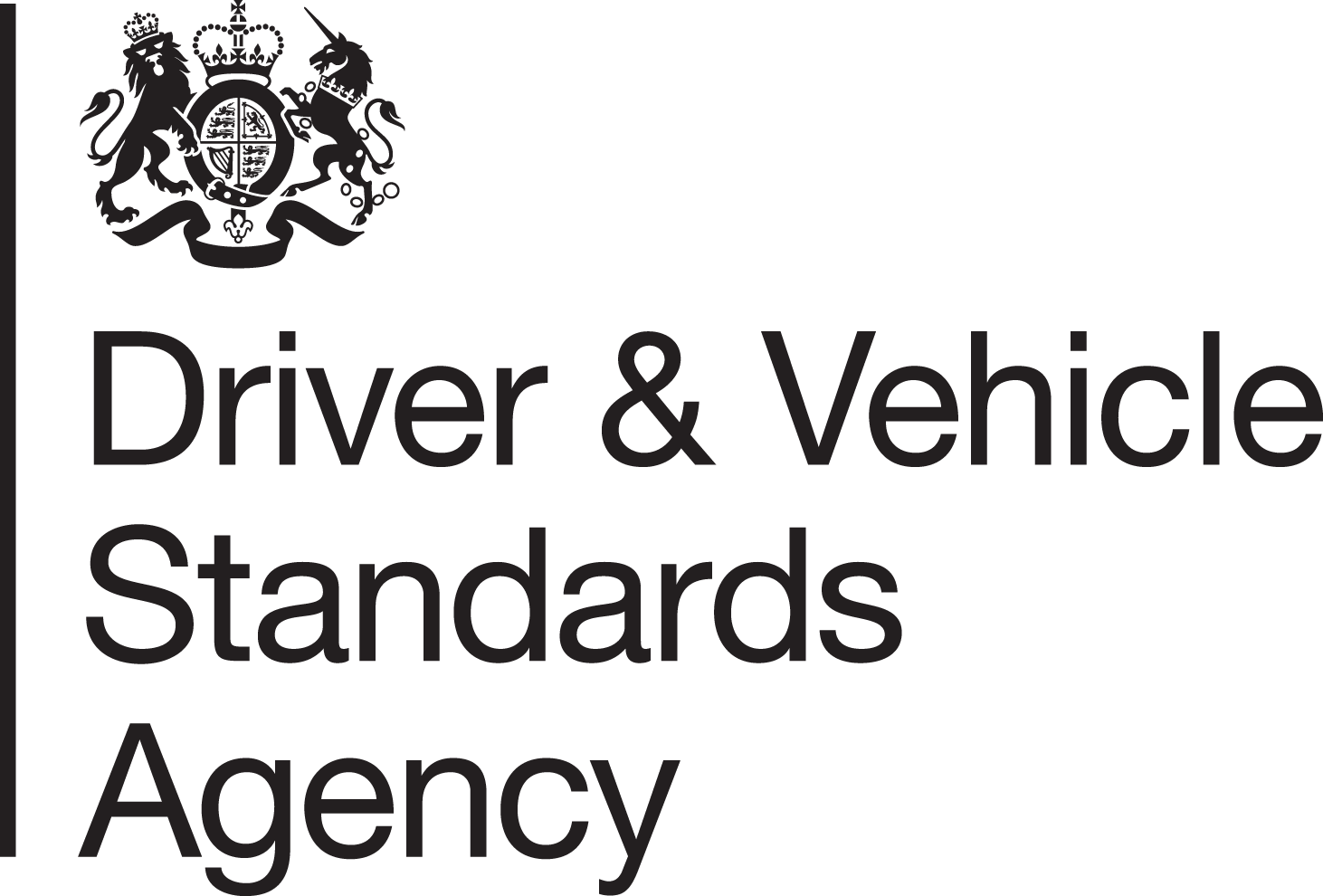Description
Mod-1
Appreciate how and why city roads are changing to accommodate active travel, such as walking and cycling
Identify the most vulnerable road users (VRUs) and how they interact with traffic
Share the roads safely with others by applying defensive driving techniques
Know the use and limitations of supplementary vehicle safety equipment and how to maintain its effectiveness.
Mod-2
Gain first-hand experience as a VRU, through on-cycle hazard awareness and recognise why cyclists behave the way they do
Controlling a bike
Understanding where to ride on the road and the use and limitations of cycle infrastructure
How to tackle challenging roads and traffic situations
How and when to pass queuing traffic
Identifying and reacting to hazardous road surfaces.
Mod-3
The importance of cycling and cyclists as road users
Cyclists as road users
What makes cyclists vulnerable
The law relating to cyclists as road users
The different types of cyclists using the roads
What is Bike ability and what does it cover
What basic cycle use training covers at Level 1
What advanced cycle use training covers at level 2
What Advanced cycle training covers at Level 3
How professional drivers can help keep cyclist’s safe
Encountering both single and groups of cyclists on the roads
How professional drivers can enhance the positive impact of cycling in the future
How professional drivers can set an example to other drivers by driving responsibly
Mod-4
State the rules regarding driver licencing and training
List the guidelines regarding fitness to drive
Specify the law relating to drivers' hours and breaks
Know how to ensure that their vehicle is roadworthy
Understand safe loading procedures and what makes a load safe
Understand why journey planning is important and how to plan a journey effectively
Identify the importance of observing the safety rules for van driver
Know the speed limits on different types of roads
Explain why some other road users feel vulnerable and what would make them feel safer
Identify the characteristics of a professional driver
Explain how defensive driving would help them to identify and avoid hazards
Mod-5
State the rules regarding driver licencing and training
List the guidelines regarding fitness to drive
Specify the law relating to drivers' hours and breaks
Know how to ensure that their vehicle is roadworthy
Understand safe loading procedures and what makes a load safe
Understand why journey planning is important and how to plan a journey effectively
Identify the importance of observing the safety rules for van driver
Know the speed limits on different types of roads
Explain why some other road users feel vulnerable and what would make them feel safer
Identify the characteristics of a professional driver
Explain how defensive driving would help them to identify and avoid hazards
Mod-6
Identify the main elements of a good HGV safety system
Identify the different types and frequencies of inspections
List the roles of the main people involved in HGV safety
Recognise the importance of the drivers’ contribution to the HGV safety system
Recognise the importance of documentation for walk round checks and defect reporting
List the actions to be taken in the event of a vehicle breakdown
List the breakdown information that should be carried in the vehicle
Describe the risks associated with failing to maintain vehicles in accordance with the law
Describe the penalties and consequences for using un-roadworthy vehicles
Subject Areas
- Vehicle Systems (Safety)
- Vulnerable Road Users
- Legislation (Hours/WTD/Regs)
- Professional Driver & Company Issues
